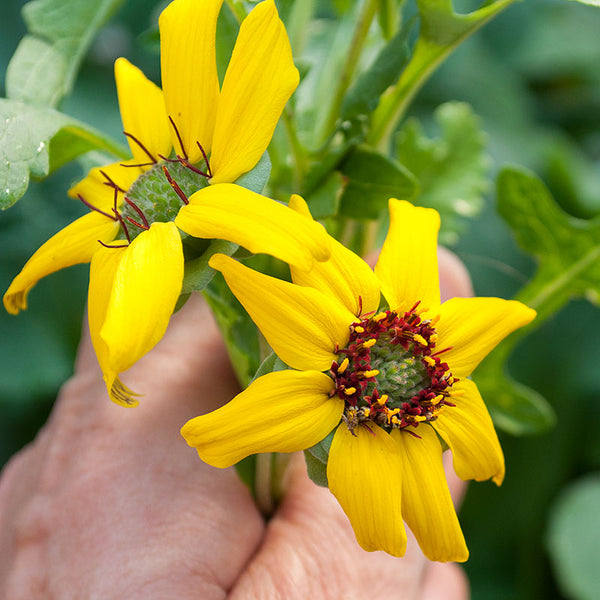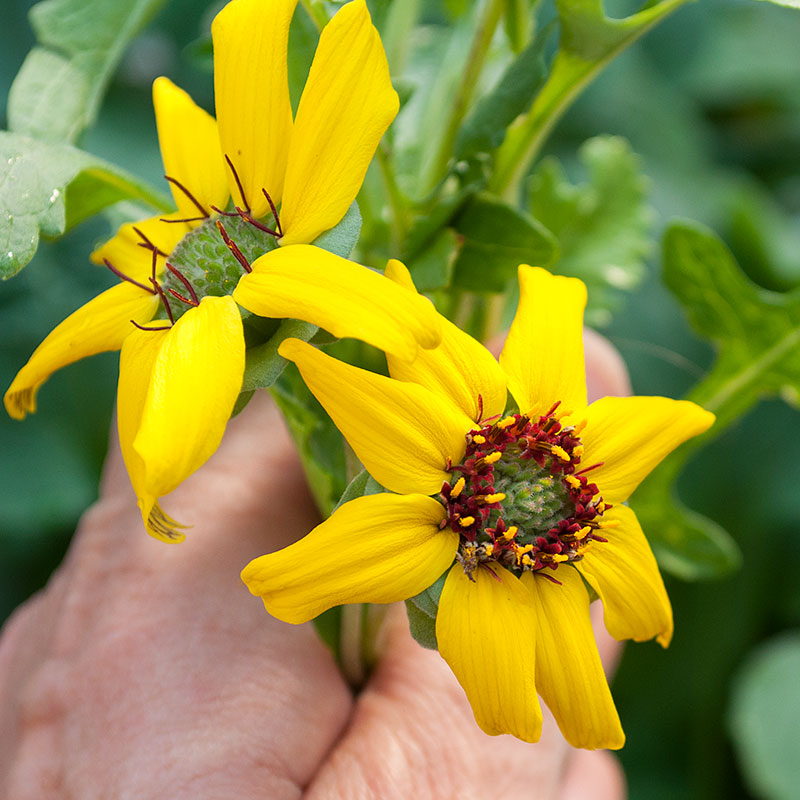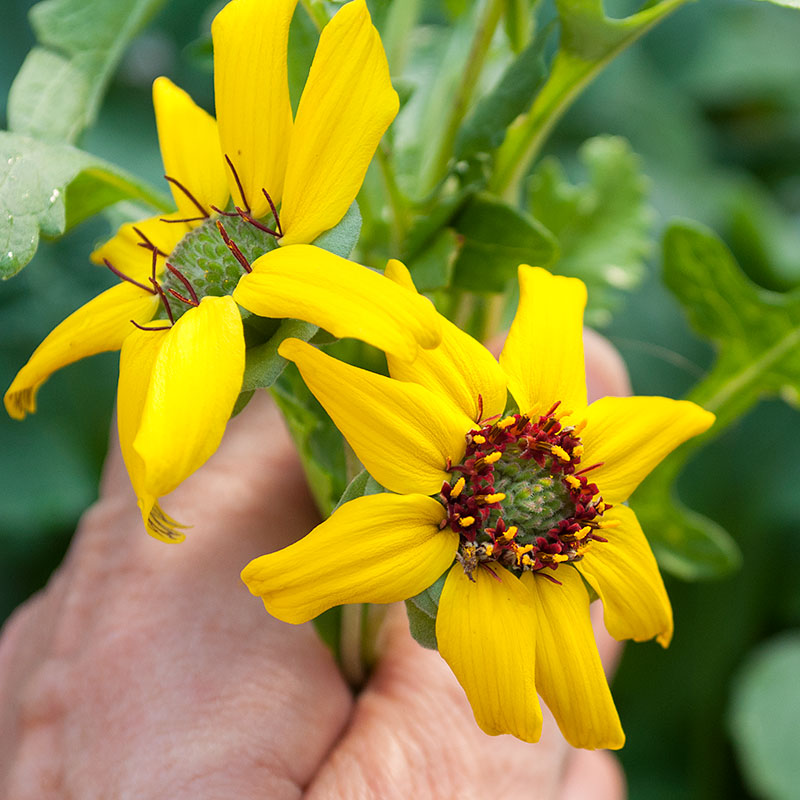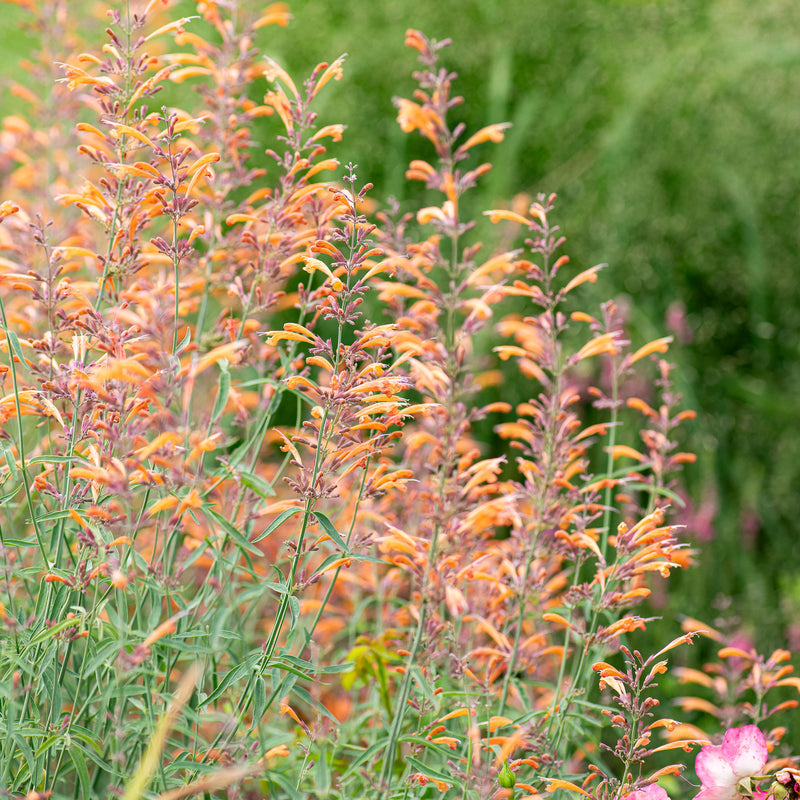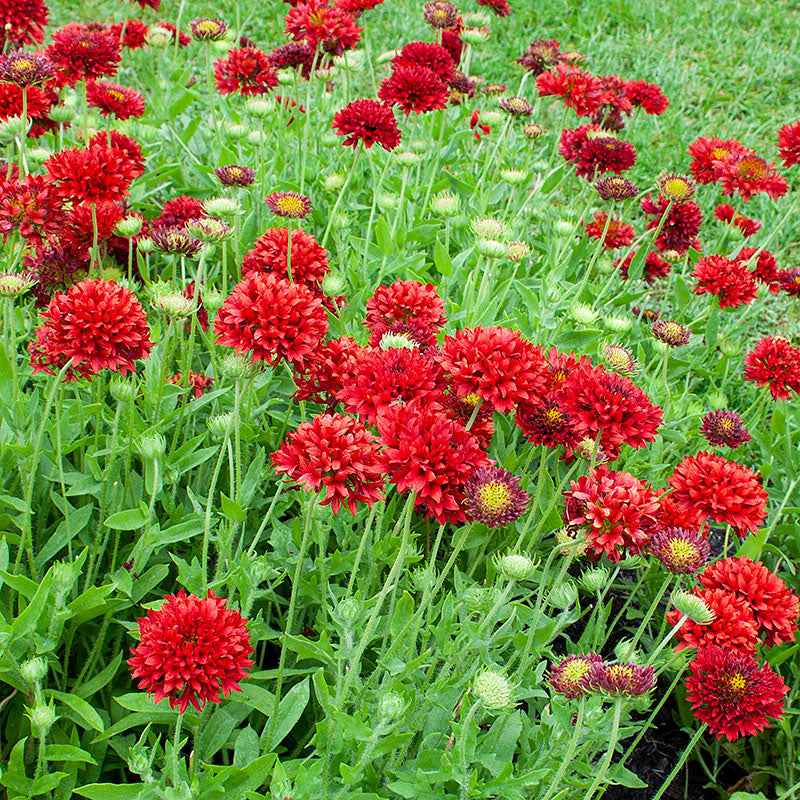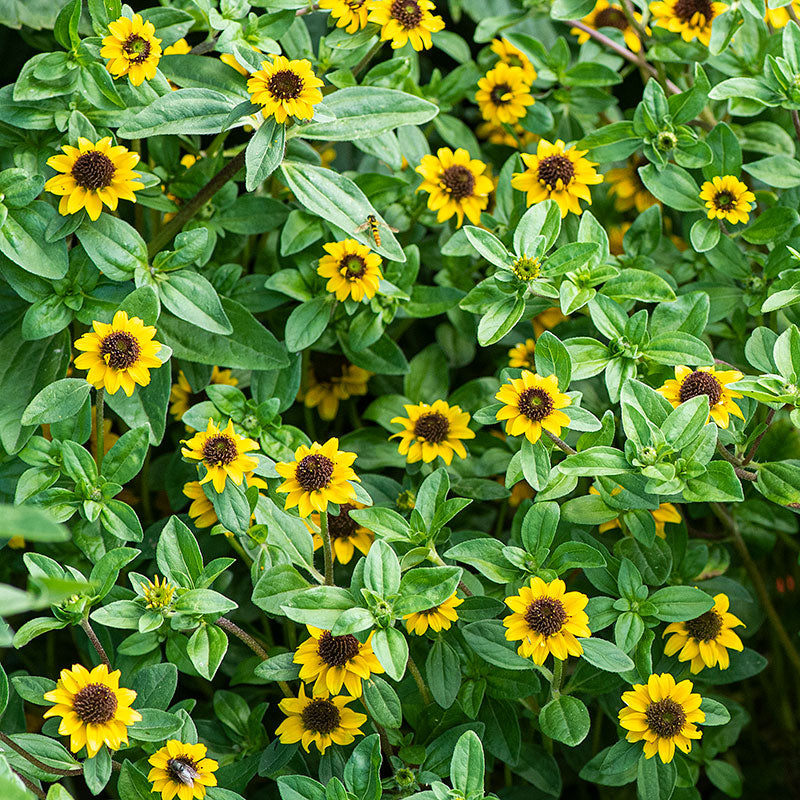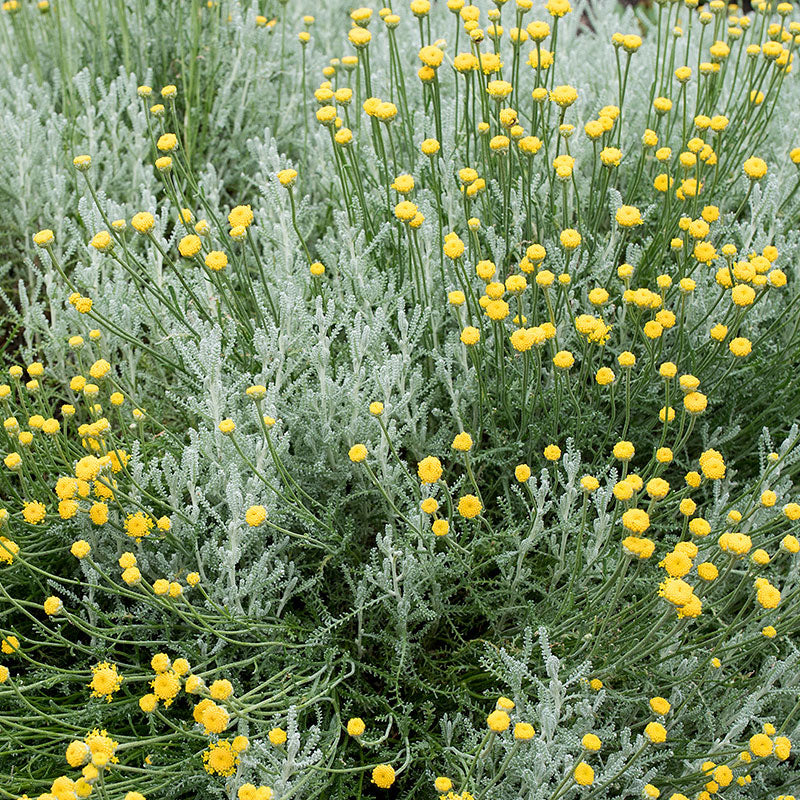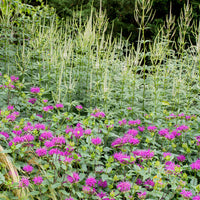Seed Packet
Chocolate Daisy
Berlandiera lyrata
Plant Berlandiera in large clusters and delight in the fragrant blossoms that crown its undulating, gray-green leaves on summer mornings. This wildflower boasts delicious chocolate-scented yellow daisies that make it a welcome addition to gardens and dry wildflower meadows. Native to Texas, Berlandiera was first discovered by botanist Jean-Louis Berlandier in the early 1800s.
SKU #S903
Growing Companions






























